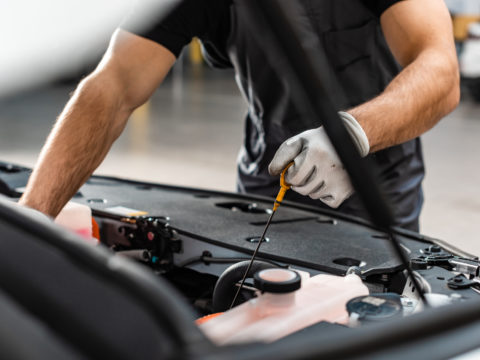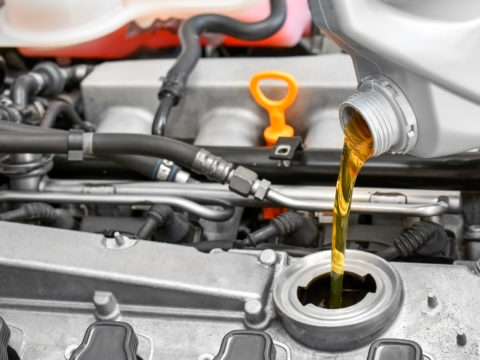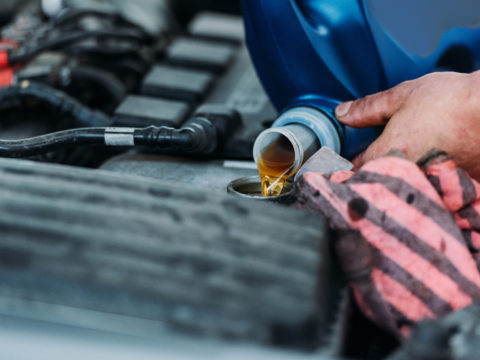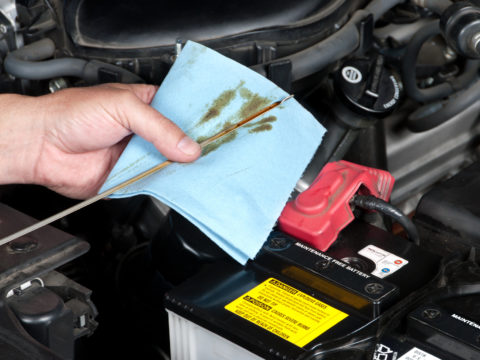If you need to fix your car’s oil control valve, knowing what it does will help you understand its importance. Though not the most well-known of any engine part, the oil control valve plays a decisive role in keeping your motor lubricated in high-load, high-stress situations.
Contents
What Is an Oil Control Valve?
An oil control valve is a valve in your car’s engine that helps control the oil flow. Depending on how much oil your engine needs, the valve will allow more or less oil through to help provide the optimal lubrication. The proper lubrication can help improve your fuel efficiency as well as your car’s performance.
The amount of oil needed for your car could depend on current driving conditions, including how long you’re driving, the temperature of the road, and the temperature of your engine.
Only cars that use Variable Valve Technology (VVT) will make use of an oil control valve. The valve attaches to a VVT solenoid, which uses electrical energy to direct the oil flow. If your car’s engine uses another method, it will not have an oil control valve.
Where Is It Located in a Car?
Cars that use VVT have the oil control valve normally underneath the intake manifold.
Often, you can find the valve in the front of the engine on the pulley side. If you look under the valve cover, you will be able to find the oil control valve. The VVT solenoid is usually more accessible, with the actual oil control valve connected to it.

The Basic Working Principle of a VVT Solenoid
A VVT solenoid relies on consistent oil pressure to work properly. Without this pressure, your vehicle’s engine will not receive the proper amount of oil it needs.
How Does the Oil Control Valve Work?
Depending on the current driving conditions, an electrical connector unit will signal to an oil control valve to provide more or less oil. When the valve receives the signal, it will shift the angle of the camshaft. The angle will allow either more or less fluid through to the VVT hub, which distributes fresh oil to the engine.
What Does an Oil Control Valve Do?
An oil control valve regulates the amount of oil your engine receives. If it needs more lubrication, it will let through more oil. If it needs less lubrication, it will reduce the amount.
Does an Oil Control Valve Go Bad?
Sometimes an oil control valve can go bad. What this means is any part of the system regarding oil control can fail. As the VVT solenoid relies on an electronic system to encourage proper lubrication, faulty electronics can result in a bad oil valve.
In addition, either the VVT solenoid, the valve itself, or the entire unit can fail due to general malfunction, wear and tear, or other issues. When this happens, you will need to get the oil control valve replaced.
Often, an oil control valve going bad is the result of poor maintenance or lack of oil. If there isn’t enough clean oil for your engine, the VVT solenoid can get a clogged filter, which will cause the component to stop working.
5 Signs and Symptoms of a Bad Oil Control Valve
If your vehicle is displaying one or all of these signs and symptoms, chances are the oil control valve isn’t working properly. If this is the case, you should take your car to your mechanic immediately.
Symptom 1: Poor Acceleration
When your oil control valve is faulty, you might have trouble accelerating. Your vehicle will take longer than normal to get up to speed and might not even be able to get to the speed you want. For instance, if you’re attempting to pass on a single-lane highway, you might not be able to accelerate enough to pass another vehicle safely.
Symptom 2: Rough Idle
A bad oil control valve won’t regulate the amount of oil your engine receives. It may give you the same amount of oil your engine requires for driving up a steep hill while you’re idling. When this happens, your engine will sound louder, and the general performance will get worse.
Symptom 3: Burning Smell
When your engine is performing poorly, it might emit a burning smell. This smell comes from the lack of proper lubrication when your engine is under stress. A lack of lubrication can indicate that your oil control valve is not performing as it should.
Symptom 4: Poor Gas Mileage
Your VVT solenoid can help with the timing of your intake and exhaust valves. When you no longer have a working oil control valve, this could affect the timing of your fuel valves. When the timing is off, it will reduce your fuel efficiency, making your car use up more fuel than usual and resulting in poor gas mileage.
Symptom 5: Check Engine Light
As with most engine parts, if your oil control valve becomes faulty, your check engine light will come on. If this occurs, you will instantly know that something is not working as it should and be able to take your vehicle to a mechanic, who can confirm the issue.
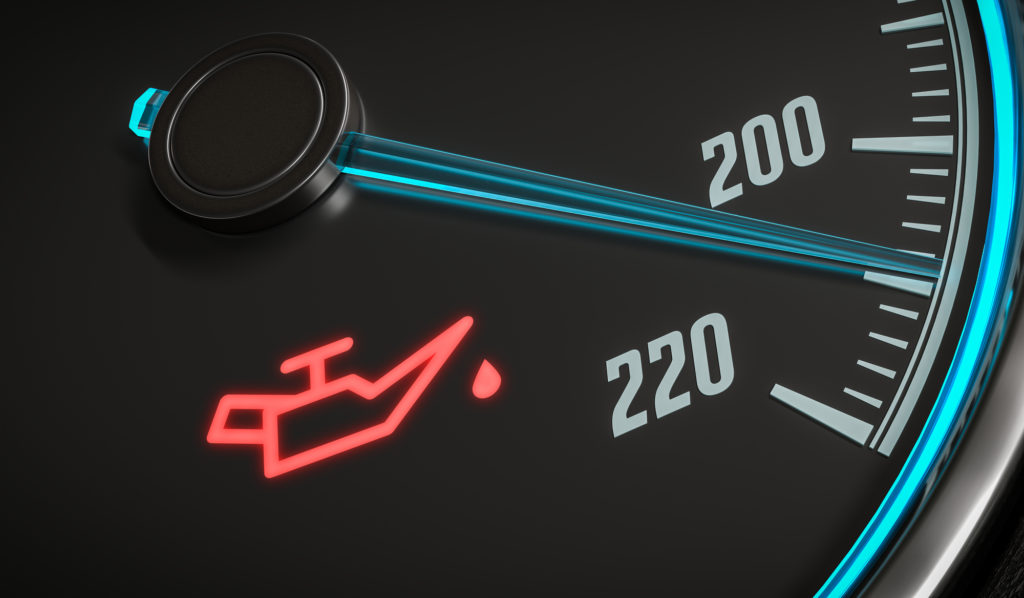
How to Test and Fix a Bad Oil Control Valve
You can test for a faulty oil control valve with a diagnostic scanner, or through a mechanic, or manually. To test the valve yourself, follow these steps:
- Step 1: Unplug the electric connection.
- Step 2: Turn your ignition key to the on position, but do not start your vehicle.
- Step 3: Take a digital voltmeter and set it to DC volts.
- Step 4: Touch the voltmeter’s two test leads to the two electrical connections in your vehicle.
If there is voltage, the electronic proponents still work, and the problem is your oil control valve. If there is no voltage, the problem is likely the wiring.
To remove the VVT solenoid, make sure to remove the ignition key. Usually, the VVT solenoid only has one bolt attaching it, so by removing this bolt you can take off the VVT solenoid and the oil control valve.
Occasionally, all you need to fix a bad oil control valve is to clean it. Other times, you’ll have to replace the unit entirely.
Cleaning an Oil Control Valve
To clean your oil control valve, first, remove it from the engine. Next, you can follow these steps:
- Step 1: Take the valve apart. You can do this by removing the base, plunger, and shims.
- Step 2: Once you’ve separated all the pieces, you can use a can of compressed air to blow debris out of the oil control valve. A couple of bursts of compressed air should be enough to remove any obstructions.
- Step 3: Next, you can use a rag to wipe down the plunger and use the compressed air to blow off any obvious debris caught in the grooves.
- Step 4: Once you’re done with the plunger, you can replace all the parts of the valve and return it to the vehicle engine.
Replacing an Oil Control Valve
To replace an oil control valve, you can follow these steps:
- Step 1: Remove the VVT solenoid and the oil control valve.
- Step 2: Take out your replacement.
- Step 3: Put a light coat of oil on the rubber gasket of the replacement.
- Step 4: Twist and push the new oil control valve back into place, along with the VVT solenoid.
- Step 5: Reattach the electrical connection.
Frequently Asked Questions
Can I Drive with a Bad Oil Control Valve?
You should not continue to drive with a bad oil control valve. Sometimes it can be hard to determine if a faulty VVT solenoid is what’s wrong with your car, but as soon as you find out, you shouldn’t drive until you replace or repair it.
How Long Does a VVT Solenoid Last?
A VVT Solenoid consistently under a lot of stress, such as one that serves a heavy-duty vehicle that often travels fast uphill, will generally last around one to three years. However, any VVT solenoid serving another kind of vehicle and stress load will have a much longer life, especially if it is regularly maintained and cleaned.
How Much Does It Cost to Fix an Oil Control Valve?
Fixing an oil control valve costs anywhere between $600 and $700 on average. The parts generally cost anywhere between $500 and $600, and labor can be up to an additional $100.

